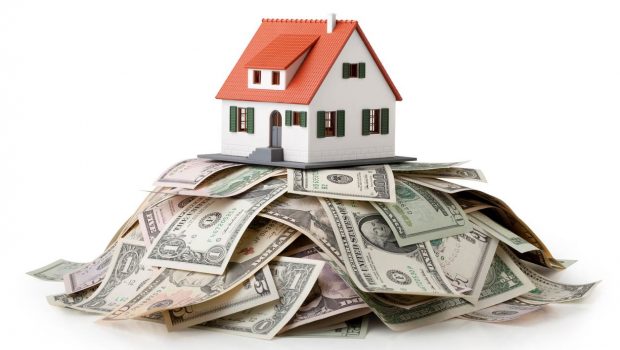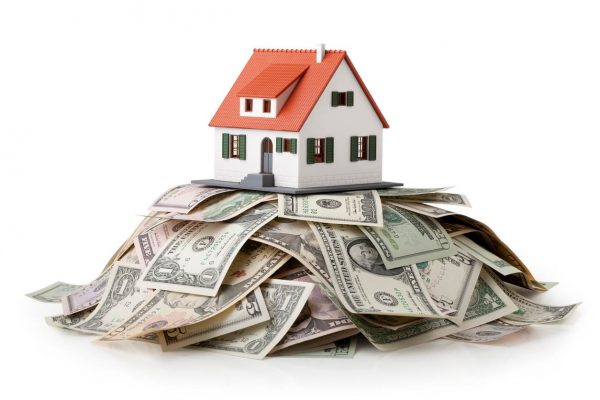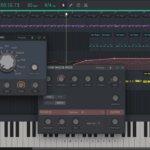The Pros and Cons of Home Equity Loans and Lines of Credit?
Home equity loans and home equity lines of credit (HELOC) offer distinct advantages for some borrowers who are looking to pull equity out fairly easily in order to complete a home improvement, consolidate debt, or even use to fund a business venture or startup instead of putting on a credit card that would have a larger interest rate or even not grant you as much available credit as you need. Though each product involves borrowing against your home, there are also disadvantages that could favor one over the other. Every prospective borrower should carefully consider which kind of loan will work best for their particular needs and ask a few questions as starting points:
- Is a variable interest rate a good idea in the prevailing economy?
- Which lender offers the most favorable terms?
- What is the appropriate repayment period?
- What will the funds be used for?
Ultimately you can then decide not only which loan option makes the most sense, but by reviewing the pros and cons, you could even end up going with a cash-out refinance instead, which would also net you proceeds, but has a more expanded application process as well as additional fees.
Why These Loans May be Your Best Option
A home equity line of credit offers a variable repayment periods depending on credit scores, the lender, and the amount borrowed during the draw period. It does not lock borrowers into a fixed interest rate or large monthly payment amount during the draw period, letting borrowers take advantage of short or long draw periods depending on how much funding is needed over a period of time. This way it does not force the borrower to commit to a fixed loan amount. It can be a smart way to finance a long-term home improvement project that has uncertain time frames and costs so borrowers pay interest only on the amount borrowed, not the entire line amount.
With a home equity loan, all the relevant data is known up-front: interest rates, amounts, repayment periods, etc. Even for borrowers with poor self-discipline, there’s no danger of exceeding the initial borrow amount because it’s fixed. If market interest rates rise, borrowers are protected with a fixed rate that was negotiated at the time of the loan agreement. With careful budgeting, monthly payments can be affordable, low-interest, and last for a manageable amount of time. Borrowers with good or excellent credit can easily calculate their potential maximum borrowing amount. This can be an ideal way to complete home improvements in order to boost the long-term resale value of a home.
Could These Reasons Turn You Away?
With HELOC’s, borrowers might end up paying interest rates much higher than at the beginning of the draw period. Some may be tempted to over-spend with and end up having to make substantial monthly payments during the repayment period. For home equity loans, it can be tempting to borrow up to the typical 80% limit and end up saddled with larger monthly payments than you want or need. Also, if market interest rates decline, it can be frustrating to be making monthly payments at a higher-than-market level. If property values go down and the home’s value falls, borrowers might find themselves with zero equity in their homes because they’ve taking a loan that was too large to allow for reduced market value of the home.

















